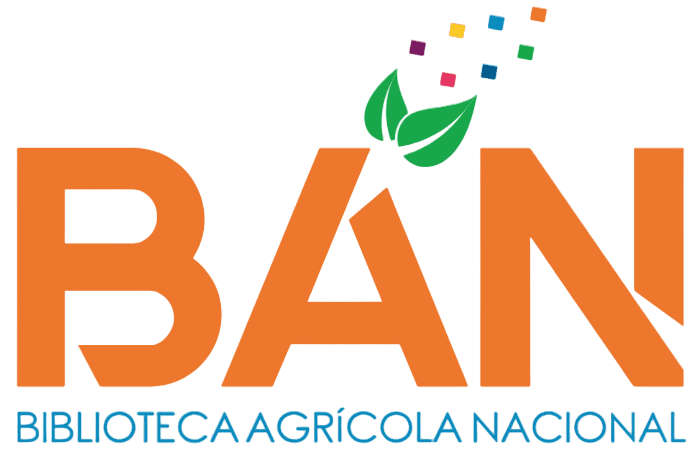Sustratos orgánicos en la biometría y calidad de plantones de umarí (Poraqueiba sericea Tul.) propagados en Caynarachi
Loading...
Código QR
Authors
Navarro Reátegui, Jorge Max
Contact Email
Abstract
Los cultivos nativos forman parte de nuestro patrimonio cultural y cuenta con propiedades nutricionales y medicinales no conocidas, el umarí es un cultivo nativo caracterizado por su mesocarpio color anaranjado y las personas lo demandan cuando se encuentra en su mes de producción, este cultivo no tiene una producción asegurada porque presenta deficiencias en su propagación por el tipo de sustrato. La presente investigación se realizó en Caynarachi, con el objetivo de determinar la influencia de los sustratos orgánicos en la biometría y calidad de plantones de umarí (Poraqueiba sericea Tul.), también la caracterización física y química de estos medios de soporte. Se trabajó un diseño completo al azar con 10 tratamientos y 10 repeticiones, los tratamientos fueron las enmiendas orgánicas humus de lombriz, compost y gallinaza en combinación con suelo en proporción 1:1, 1:2 y 1:1:1, con un testigo como tratamiento adicional. Se evaluaron variables biométricas, de calidad y económicas. Al comparar los tratamientos no se encontró diferencias significativas en altura, diámetro, número de hojas, área foliar, biomasa fresca y seca a los 135 días después de la siembra. Por otro lado, se encontró que existe diferencia significativa en relación a los días de siembra con el tipo de sustrato utilizado en la biometría de la planta con el modelo sigmoidal. En los índices de calidad (Dickson y PA/PR), se encontró efecto significativo, a excepción de la lignificación, los tratamientos que presentaron mejor biometría y calidad fueron T1, T4 y T9, respectivamente. En cuanto al costo de producción, es más rentable los sustratos que tienen solo enmienda orgánica y suelo, siendo el testigo el más económico. Se concluye que los sustratos orgánicos favorecieron el desarrollo y calidad de plantones de umarí.
Native crops are part of our cultural heritage and have unknown nutritional and medicinal properties. Umari is a native crop characterized by its orange mesocarp and is popular among growers when it is in its productive period. This crop is not guaranteed to produce well because it has propagation deficiencies due to the type of substrate it is grown on. This research was carried out in Caynarachi, with the aim of determining the influence of organic substrates on the biometry and quality of Umari (Poraqueiba sericea Tul.) seedlings, as well as the physical and chemical characterization of these support media. A completely randomized design with 10 treatments and 10 replicates was used. Treatments included organic amendments such as worm castings, compost, and chicken manure combined with soil in ratios of 1:1, 1:2, and 1:1:1, with a control as an additional treatment. Biometric, quality, and economic variables were evaluated. When comparing treatments, no significant differences were found in height, diameter, leaf number, leaf area, fresh and dry biomass at 135 days after planting. On the other hand, significant differences were found in relation to planting days and the type of substrate used in plant biometry using the sigmoidal model. A significant effect was found in the quality indices (Dickson and PA/PR), with the exception of lignification. The treatments that showed the best biometry and quality were T1, T4, and T9, respectively. Regarding production costs, substrates containing only organic amendments and soil were more cost-effective, with the control being the most economical. It is concluded that organic substrates favored the development and quality of umarí seedlings.
Native crops are part of our cultural heritage and have unknown nutritional and medicinal properties. Umari is a native crop characterized by its orange mesocarp and is popular among growers when it is in its productive period. This crop is not guaranteed to produce well because it has propagation deficiencies due to the type of substrate it is grown on. This research was carried out in Caynarachi, with the aim of determining the influence of organic substrates on the biometry and quality of Umari (Poraqueiba sericea Tul.) seedlings, as well as the physical and chemical characterization of these support media. A completely randomized design with 10 treatments and 10 replicates was used. Treatments included organic amendments such as worm castings, compost, and chicken manure combined with soil in ratios of 1:1, 1:2, and 1:1:1, with a control as an additional treatment. Biometric, quality, and economic variables were evaluated. When comparing treatments, no significant differences were found in height, diameter, leaf number, leaf area, fresh and dry biomass at 135 days after planting. On the other hand, significant differences were found in relation to planting days and the type of substrate used in plant biometry using the sigmoidal model. A significant effect was found in the quality indices (Dickson and PA/PR), with the exception of lignification. The treatments that showed the best biometry and quality were T1, T4, and T9, respectively. Regarding production costs, substrates containing only organic amendments and soil were more cost-effective, with the control being the most economical. It is concluded that organic substrates favored the development and quality of umarí seedlings.
Description
Universidad Nacional Agraria La Molina. Escuela de Posgrado. Maestría en
Producción Agrícola
Keywords
Humus de lombriz
Citation
Date
2025
Collections
Seleccionar año de consulta:
Licencia de uso

Excepto si se señala otra cosa, la licencia del ítem se describe como info:eu-repo/semantics/openAccess

